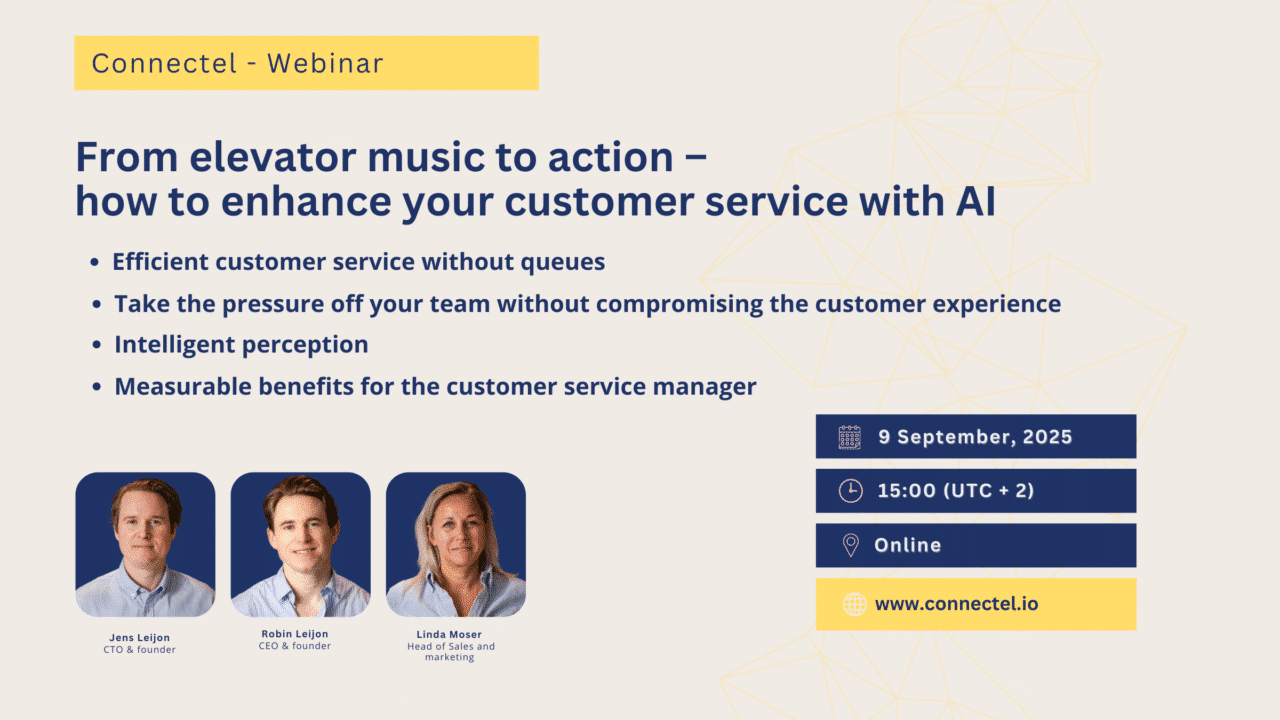
How to set up an SLA for your contact center
How to set up an SLA for your contact center
Contact centers play a crucial role in ensuring customer satisfaction and building brand loyalty. One effective way to achieve these goals is by implementing a Service Level Agreement (SLA).
In this article, we will explore what a Service Level Agreement is, why it is beneficial for a contact center, and provide you with valuable insights on how to set up an SLA that drives success.
What is an SLA?
A Service Level Agreement (SLA) is a contractual agreement between a contact center and its clients or internal stakeholders. It defines the performance standards and expectations for service delivery. An SLA typically outlines key metrics, such as response time, resolution time, and customer satisfaction targets. By establishing clear and measurable goals, an SLA serves as a guiding document that aligns the contact center’s operations with the desired customer experience.
Why is an SLA beneficial for a contact center?
Enhanced customer experience
An SLA enables contact centers to provide consistent and reliable service. By setting response and resolution time targets, you can ensure that customer inquiries and issues are addressed promptly. This leads to improved customer satisfaction, loyalty, and positive word-of-mouth referrals.
Increased efficiency and productivity
An SLA helps streamline operations within the contact center. By clearly defining performance expectations, it provides a framework for agents to prioritize and manage their workload efficiently. This leads to optimized resource allocation, reduced downtime, and increased productivity.
Transparency and accountability
With an SLA in place, both clients and contact center management have a clear understanding of the expected service levels. It fosters transparency and holds the contact center accountable for meeting agreed-upon targets. Regular reporting and performance reviews based on SLA metrics help identify areas for improvement and drive continuous enhancement.
Effective resource planning
By analyzing historical data and forecasting customer demand, an SLA enables contact centers to allocate resources effectively. This ensures that the right number of agents with the necessary skills are available to handle customer interactions, minimizing wait times and optimizing service delivery.
Competitive advantage
A Service Level Agreement demonstrates the contact center’s commitment to providing exceptional service. It sets you apart from competitors by showcasing your dedication to meeting and exceeding customer expectations. This can be a significant differentiator in a crowded marketplace and can attract new clients or retain existing ones.
Setting up an effective SLA
Define clear objectives
Start by identifying the primary goals of your contact center. Are you aiming to improve response times, reduce customer wait times, or enhance first-call resolution rates? Clearly defining your objectives will help you set meaningful SLA targets that align with your overall business strategy.
Select relevant metrics
Choose metrics that directly reflect the customer experience and align with your objectives. Common SLA metrics include Average Speed of Answer (ASA), First Call Resolution (FCR), Abandonment Rate, and Customer Satisfaction (CSAT). Select a few key metrics that are meaningful for your specific contact center operations.
Establish realistic targets
Set targets that are challenging yet attainable. Analyze historical data to understand your current performance levels and set incremental goals for improvement. It is crucial to involve all stakeholders in this process to ensure buy-in and alignment across the organization.
Define timeframes
Determine the timeframes within which each SLA metric should be measured. For example, response time targets can be defined in terms of seconds or minutes, while resolution time targets can be set for hours or days, depending on the complexity of the issues your contact center handles.
Communicate and educate
Ensure that all parties involved, including contact center agents, clients, and internal stakeholders, are aware of the Service Level Agreement and its associated targets. Communicate the SLA terms clearly and provide training to agents on how to meet and exceed the defined standards. Regularly review performance and provide feedback to drive continuous improvement.
Summary
Implementing a Service Level Agreement is a strategic decision that can significantly impact the success of your contact center. By aligning service delivery with customer expectations, an SLA enhances the customer experience, improves efficiency, and fosters transparency.
Follow the steps outlined in this guide to set up an effective SLA that drives operational excellence and positions your contact center as a leader in delivering outstanding customer service.
Remember, an SLA is not a static document but a living framework that requires ongoing monitoring and refinement to adapt to changing business needs and customer expectations.


